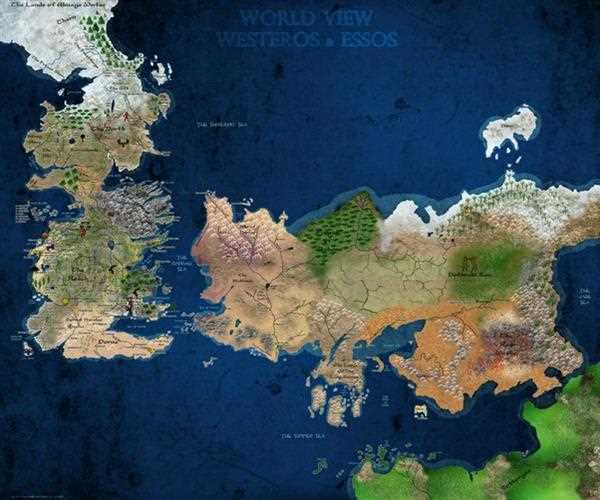Recent dynamics in world alliances reflect a shifting geopolitical landscape characterized by evolving partnerships and strategic realignments. Traditional alliances, like NATO, continue to adapt to contemporary challenges, emphasizing collective defense and cooperation in areas such as cybersecurity and counterterrorism.
In the Asia-Pacific region, there's a notable emphasis on multilateralism and economic collaboration. The Quad, comprising the United States, Japan, India, and Australia, has gained prominence as a strategic forum addressing regional security and economic issues. Additionally, partnerships like the Comprehensive and Progressive Agreement for Trans-Pacific Partnership (CPTPP) demonstrate a commitment to open and inclusive trade in the region.
Geopolitical tensions have also influenced alliance dynamics. The competition between the United States and China has led to the formation of new alliances and the strengthening of existing ones. The U.S. has strengthened ties with traditional allies in Europe and the Indo-Pacific to counterbalance China's influence.

Moreover, regional powers are asserting themselves independently. The Middle East, for example, has seen a realignment of alliances with shifting geopolitical sands, reflecting changing priorities and alliances based on shared interests.
In summary, recent world alliance dynamics showcase a complex interplay of traditional partnerships adapting to modern challenges, the emergence of new multilateral forums, and the impact of geopolitical tensions on global and regional alliances. These shifts underscore the dynamic and fluid nature of international relations in the contemporary era.
Read also: United Nations maintain peace worldwide